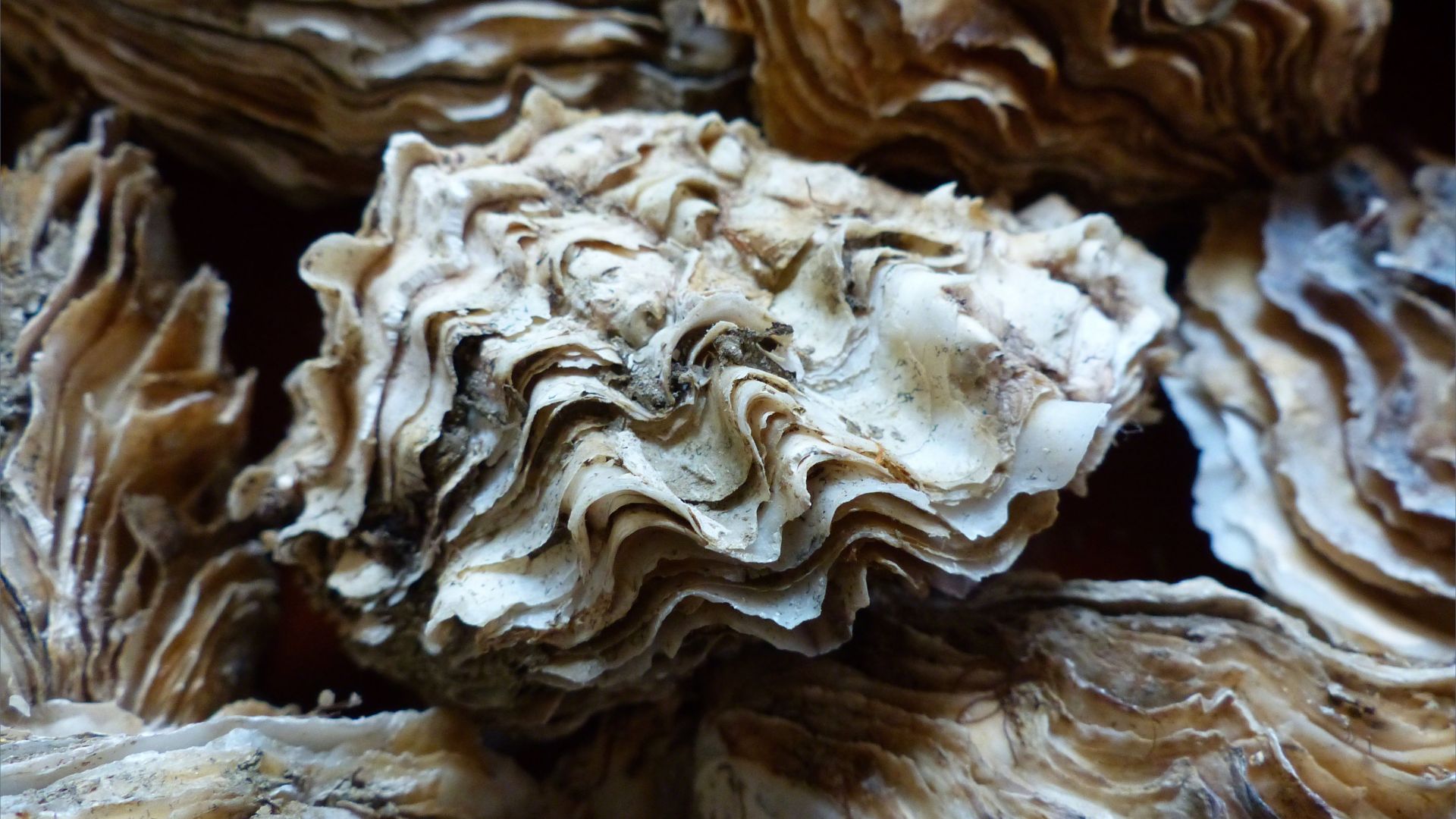O is for Oysters. The shells of oysters in particular. My main research interest for the last 45 years is the macroscopic variations shown in oyster shells. Here is a selection of images illustrating several types of oysters and detailed shots of various features.
Click here for 48 posts about OYSTERS.


































I am interested in your thoughts on the origin of oyster shells on Swansea Bay. Is it correct to think that there are few oysters living, at the present time, in the bay and therefore the shells are largely from earlier times, especially when they were extensively farmed, mainly in the 19th century?
Are at least some of the heavily blackened and worn shells reworked from the Holocene clays, below the present day sediments, which are exposed on the beach, near St. Helens etc.
Note that geologists normally regard blackened and worn fossils as a usefull indicator of reworking from earlier sediments.
Thanks
LikeLiked by 1 person
All rhetorical questions? Thank you for your input, Robert.
LikeLike
Dare I ask what you have discovered from your long study into variations in the shells? Are they an indicator of water quality? That’s not a rhetorical question, it’s a guess. I knew a zoology student 25 years ago (at Cardiff) who studied oysters and that’s what she said.
LikeLiked by 1 person
Hi, Emma. The oyster shell variations that I have been looking at are not so much a reflection of water quality, as far as I know, as of variations in the substrate and other local environmental conditions. I was looking at them to see if it is possible to determine where oysters found during archaeological excavations have come from, suggesting trade routes, farming and so forth. A very narrow area of specialism.
LikeLiked by 1 person
That’s what I love about academic research, tiny (sometimes big ones too) windows of light on a topic. One never know what it will illuminate.
LikeLiked by 1 person
Thanks, Emma. As a medieval historian you will know how important the details are in making an interpretation.
LikeLiked by 1 person
Indeed. I like the details of people’s lives from the past.
LikeLiked by 1 person
That’s what I like most about studying the past, people’s everyday lives. I was never very enthralled by dates and major events.
LikeLiked by 1 person
I like both!
LikeLiked by 1 person
😊
LikeLike